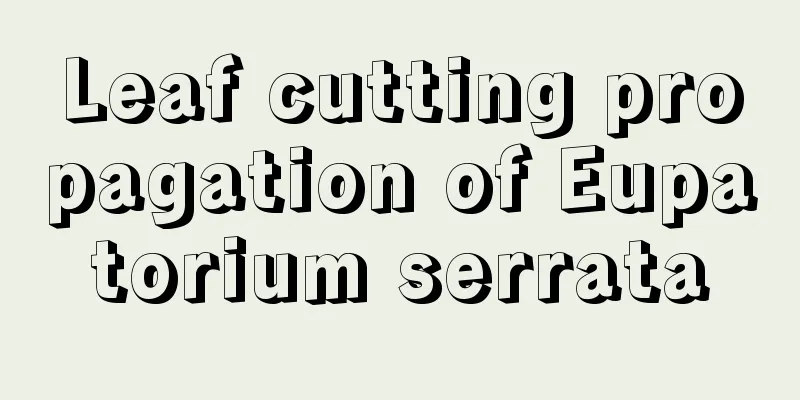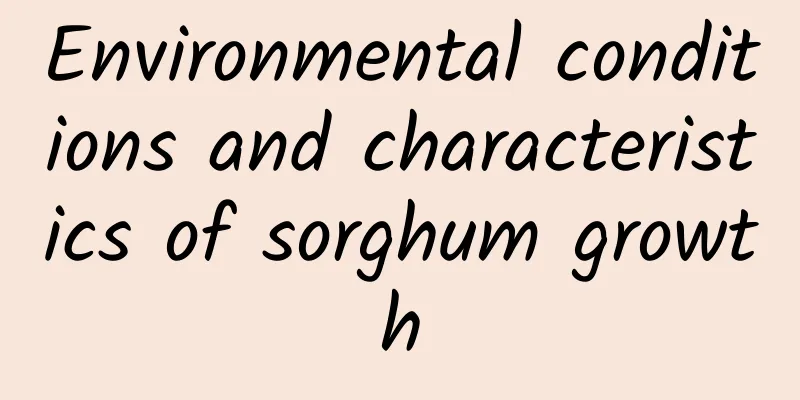How to repot Hoya

RepottingRepotting timeIt is best to repot on a sunny day when the air convection is better, usually after 4 pm. Repotting when the temperature is high at noon will damage the root system, so try to avoid it. Replacement of soilHoya likes a high temperature and high humidity environment. In summer, it is either high temperature and high humidity or high temperature and dryness. If you want Hoya to grow, changing the soil is crucial. Therefore, the replaced soil must be breathable and water-permeable. Usually, after repotting and watering thoroughly, the soil will be completely dry within 1 to 2 days. About base fertilizerWhen repotting in summer, the base fertilizer should be appropriate. The base fertilizer should not be too concentrated, because the temperature is too high in summer and the soil at the bottom is stuffy, the ball orchid will grow slowly or temporarily stop growing. If the base fertilizer is too concentrated, fertilizer damage is likely to occur. In short, the principle of applying base fertilizer is, less is better than more. Depending on the growth condition of the Hoya, you can apply additional fertilizer after it resumes growth, but do not add additional fertilizer within one month. Summer cuttings and repottingRepotting timeThe time is roughly the same, and it is best to choose a sunny day and evening. Flower Pot SelectionBecause it is a small seedling grown from cuttings, you can choose a pot with a smaller diameter, but the depth of the pot can be appropriately deeper (there is no need to use a high-foot pot like an orchid). A deeper pot will prevent the root system from being harmed by the high temperature in summer. Watering and fertilizingIt is best not to apply base fertilizer to the seedlings for cuttings. A pure soil environment is more conducive to the rooting and survival of the seedlings. After repotting, water thoroughly and place it in a cool, ventilated place for 3 to 5 days, then maintain it normally. Because the seedlings need to adapt to the new environment after repotting, if it is rainy, you must pay attention to water control. Because the seedlings have few roots and poor absorption capacity, it is easy to cause root rot. Preventing water accumulation at the roots is the key to potting the cuttings. |
Recommend
I heard that these plants can "remove" odors from the room, so try it now!
Tiger tail orchid The leaves can absorb water vap...
How much water is used for 100 catties of wheat seed dressing (ratio of wheat seed dressing agent to water)
Nowadays, many new wheat varieties are launched e...
When does crape myrtle bloom? Pictures of crape myrtle flowers
1. When does crape myrtle bloom? Crape myrtle usu...
This kind of "grass", known as "jiejiegao", grows everywhere and is sold at 10 yuan per pound in the market.
The plant that Huahua wants to introduce to you t...
Juicy forage growing conditions and characteristics
Juicy Forage Growing Conditions Juicy forage gras...
Disease control methods of Huanghuai Cassia
Cataplexy Symptoms of Cataplexy Damping-off disea...
Can yew be planted in the yard?
Can yew be planted in the yard? Yew trees can be ...
How many days does it take for coriander to germinate?
Coriander, also known as cilantro, is a condiment...
The difference between Hongfentaige and Clara
The difference between Hongfentaige and Clara: le...
Common pests of King Protea and their control methods
Common pests of King Protea: scale insects Pest s...
Honeysuckle cultivation technology and management
Honeysuckle is widely favored by consumers for it...
When and how to whitewash fruit trees
Whitewashing fruit trees is an important measure ...
How to care for the newly bought peacock arrowroot
1. Soil If you just bought it with a pot and soil...
Best time to prune banyan bonsai
Banyan bonsai pruning time Banyan bonsai can be p...
What is the best fertilizer for Ficus microcarpa
Fertilization time for Ficus microcarpa Generally...









